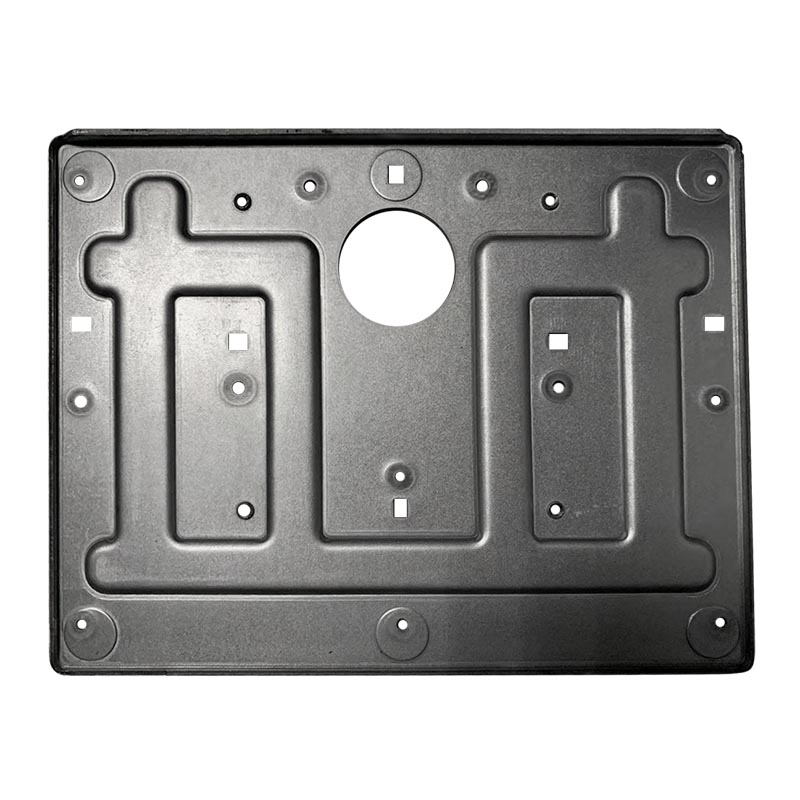

The monitor is an essential part of a desktop computer, without it all our actions would be invisible. A good monitor can not only show more details when you make fine drawings, but also protect your eyes and reduce the damage to eyesight caused by blue light and strobe. So what are the common types of computer monitors? How to choose a display screen? What should I do if there is no signal on the computer monitor? In this topic, let us learn about the relevant knowledge of the display.
Monitor Brand Monitor Online Shopping Catalog Monitor Introduction Common Types of Computer Screen Best Resolution Monitor Selection Skills Computer Monitor No Signal How to Do Monitor Maintenance Common Faults of Monitor Repair Display What Brand is Good Monitor Introduction Display (display) is usually also called monitor device. The display is an I/O device belonging to the computer, that is, an input and output device. It is a display tool that displays a certain electronic file on the screen through a specific transmission device and then reflects it to the human eye.
In a broad sense, large screens, TVs, BSV liquid crystal splicing fluorescent screens, mobile phones, and Ditto displays that can be seen everywhere on the street are all in the category of displays. However, under normal circumstances, what we call a monitor is a display screen connected to a computer host. With the continuous advancement of technology, the resolution of monitors is also gradually increasing. Now 1920*1080 monitors have become the mainstream in the market, and monitors with resolutions such as 2K and 4K are not uncommon.
Common types of monitors 1. CRT monitors
It is a display using a cathode ray tube (CathodeRayTube). The cathode ray tube mainly consists of five parts: electron gun (ElectronGun), deflection coil (Deflectioncoils), shadow mask (Shadowmask), phosphor layer (Phosphor) and glass shell. It is one of the most widely used displays. CRT flat-panel displays have the advantages of large viewing angle, no dead pixels, high color reproduction, uniform chromaticity, adjustable multi-resolution mode, and extremely short response time. LCD displays are difficult to exceed. The advantages. According to different standards, CRT monitors can be divided into different types.
2. LCD display
LCD display is liquid crystal display, the advantages are thin body, small footprint, small radiation, giving people the image of a healthy product. But the LCD screen may not be able to protect the eyes, it depends on everyone's habit of using computers.
The working principle of the LCD liquid crystal display, there are many liquid crystal particles inside the display, they are regularly arranged into a certain shape, and each side of them has a different color: red, green, blue. These three primary colors can be restored to any other color. When the display receives the display data from the computer, it will control each liquid crystal particle to rotate to a different color surface to form different colors and images. Also because of this, the disadvantages of the LCD screen are that the colors are not bright enough, and the viewing angle is not high.
3. LED display
LED display (LED panel): LED is light emitting diode, the English abbreviation of light emitting diode, referred to as LED. It is a display screen used to display various information such as text, graphics, images, animations, market prices, videos, and video signals by controlling the display mode of semiconductor light-emitting diodes.
4. 3D display
3D display has always been recognized as the ultimate dream of display technology development, and many companies and research institutions have been engaged in research in this area for many years. Developed countries and regions such as Japan, Europe, the United States, and South Korea have been involved in the research and development of stereoscopic display technology as early as the 1980s, and have obtained different degrees of research results since the 1990s. Two stereoscopic display technology systems for glasses. Traditional 3D movies have two sets of images on the screen (from two cameras that are angled to each other when shooting), and the audience must wear polarizers to eliminate ghosting (so that one eye is only affected by one set of images) ), forming parallax (parallax), resulting in a three-dimensional effect.
5. Plasma display
PDP (Plasma Display Panel, Plasma Display) is a new generation of display device that adopts the plasma flat screen technology that has developed rapidly in recent years.
Imaging principle: The imaging principle of plasma display technology is to arrange thousands of sealed small low-pressure gas chambers on the display screen, which are excited by current to emit ultraviolet light invisible to the naked eye, and then the ultraviolet light hits the red and green on the glass behind. The phosphors of three colors, blue and blue, emit visible light that can be seen by the naked eye to form an image.
The advantages of plasma displays: thin thickness, high resolution, less space occupation and can be used as a wall-mounted TV at home, represent the development trend of computer monitors in the future.
